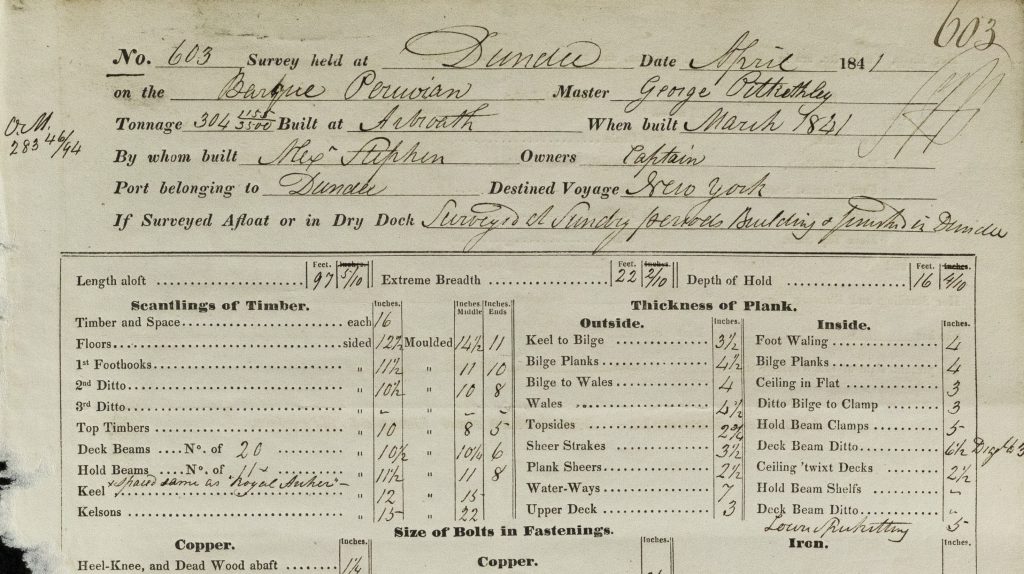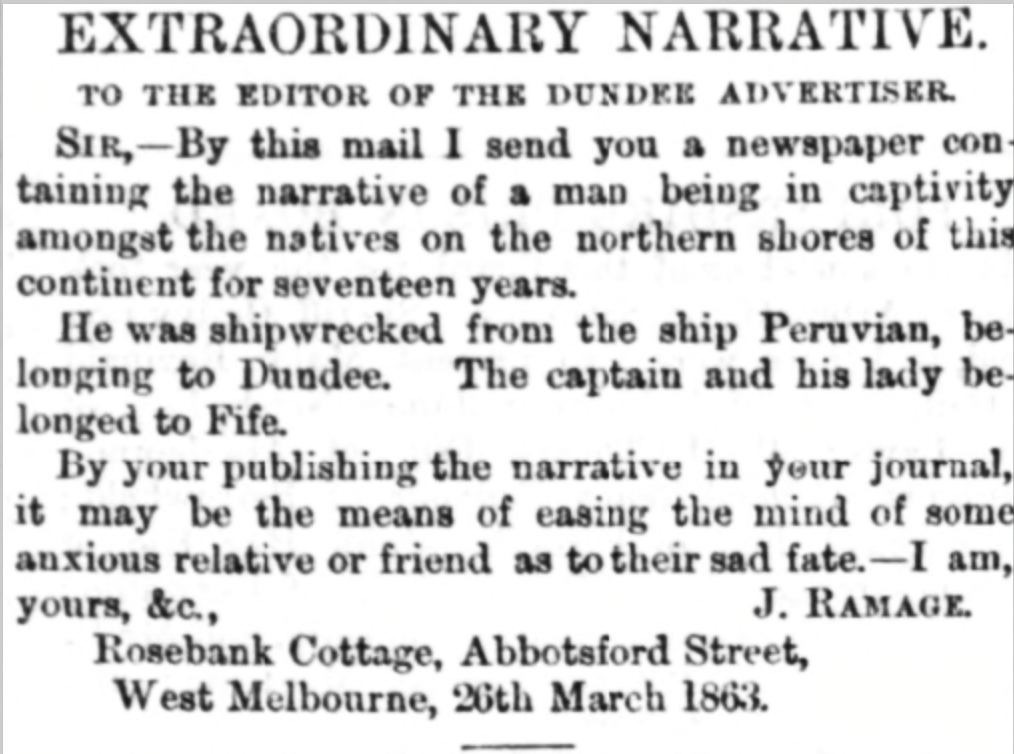The barque Peruvian
‘In 1841 a fine new barque, the Peruvian, lay in our docks, about to sail on her first voyage. Her builder was Mr. Alexander Stephen, then of Arbroath; her owner Captain Pitkethly, of Newburgh; and her commander the captain’s son. The builder, then a young man, was destined to achieve fortune and distinction in his vocation; the owner, an aged sea captain, was a man who had already achieved both; the commander, a handsome and fine-spirited youth, the worthy son of a worthy father, was newly married to the only daughter of his landlady; the ship, a tidy little barque, was an object of interest at the shore.’ Dundee Advertiser 25 August 1863 p. 2
The ‘handsome fine spirited youth’, George Pitkethly was only 24 years of age when he took command of the newly built barque recently surveyed by Lloyds in Dundee and declared to be ‘a most superior barque of very good material and workmanship remarkably well finished’. As such it was classed A1 on the 4th May 1841, and ready for its maiden voyage to New York. Built for speed and economy the Peruvian undertook several long distant voyages to Bombay and Rio Janeiro before heading for the southern oceans and Australia in 1845.
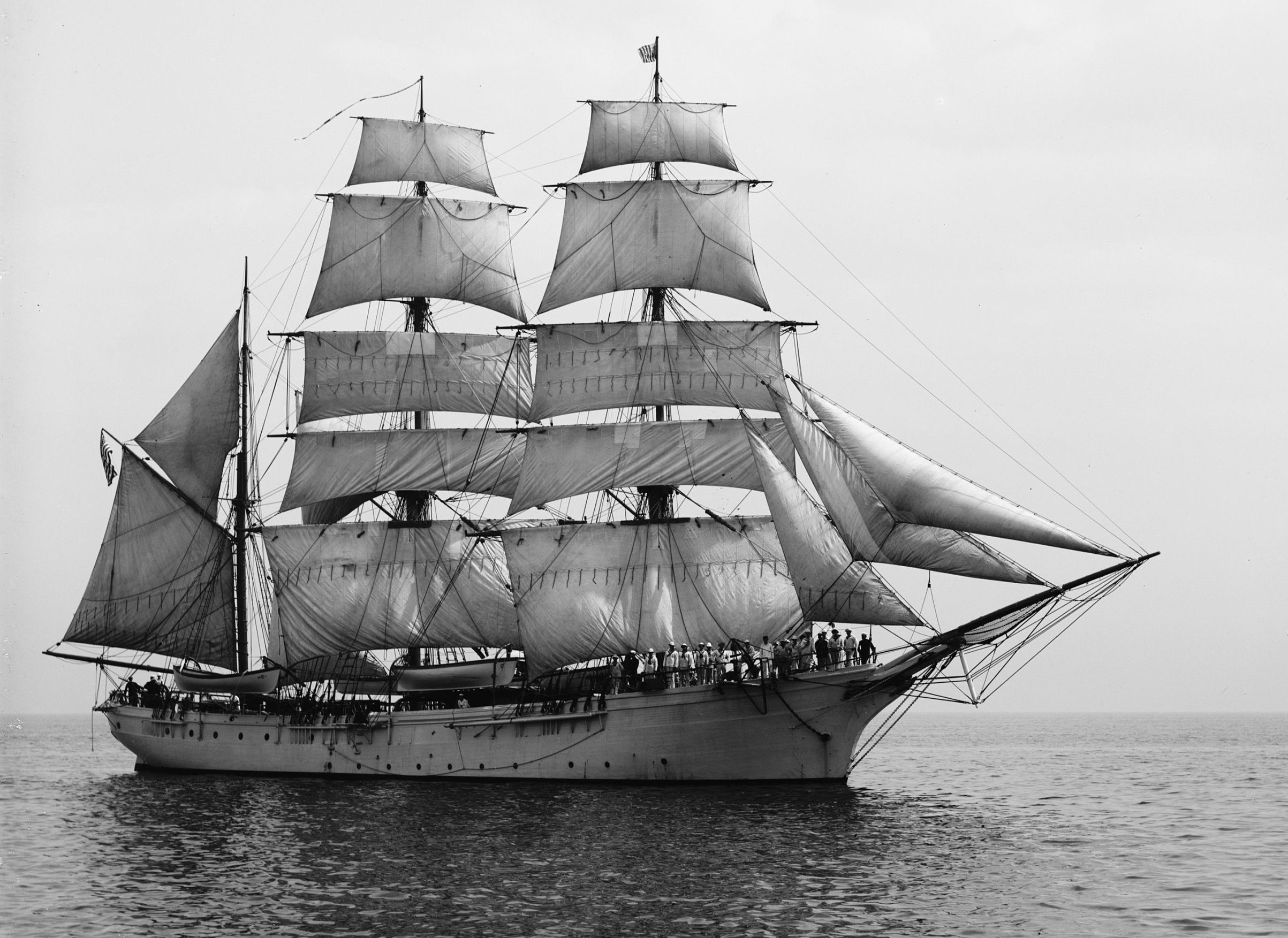
In Sydney the Peruvian was engaged in trade to Hong Kong, returning with large quantities of tea which put the local commercial market in ‘a very feverish state’. In February of 1846 she was preparing for another such voyage loading 130 logs of cedar to trade once again in Hong Kong.
Most of the crew had served on the ship since it first sailed in 1841. They were all from the Dundee area and many were close friends. But a vacancy led to the hiring of James Morrill a young Englishman looking for adventure on the high seas, who ruminated afterwards on his choice of such an ‘ill-fated ship’.
On the 24th February he shipped aboard with a complement of 24 persons, including 7 passengers, and three days later, on a Friday, the Peruvian sailed downstream and through the Heads, into the open sea. On Sunday the weather became threatening and the wind ‘increased very much’.
Over the next week the bad weather was relentless and navigation became impossible, so that the captain was wary of reefs and rocks. Despite his warning the Peruvian ‘struck with great force on a rock’, where she ‘stuck fast’. This unusual outcome saved the ship from sinking, and in fact it was still upright and stable 3 months later when an American whaler discovered her.
At the height of the storm the 1st Mate, Alexander Pitkethly, brother of the captain, and the 2nd Mate both died trying to launch the jolly boat and the long boat. But the stable position of the Peruvian enabled the remaining crew to cut down two masts with their spars and with great labour they managed to lash and nail these together to build a raft for the remaining 22 souls. To their dismay they found that the preserved provisions had been largely spoiled by saltwater, so they had very little to sustain them when the raft was cast off the rocks and into the Coral Sea.
Morrill tells us that the current and their small sail carried them about 40 miles a day. As experienced sailors they would have known that the prevailing south easterly trade winds would take them in the direction of the Australian coast but they were almost certainly unprepared for the 1300 km distance that they eventually covered. In fact it took them 42 days before they reached landfall at the southern end of Cape Cleveland.
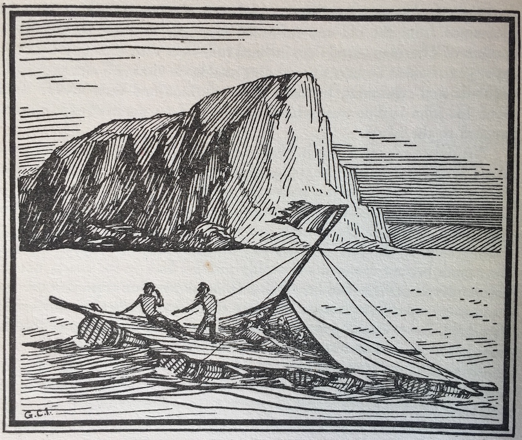
Illustration by Geoffrey C. Ingleton for ‘Romance of the Great Barrier Reef’, 1954
By the time the raft drifted ashore starvation and exposure had reduced the number of survivors to 7, and of these 3 more were to die within days, being too incapacitated to support themselves. The horror of life on the raft is best summed up by one contemporary commentator:
‘The survivors cut the leg off a corpse, and tying it to the end of an oar, captured a shark, which they devoured raw. It was a scene worthy of Dante, the gloomy Florentine, who pictured and peopled the Inferno with the ghastly creations of his own morbid imagination.‘
The four who remained were James Morrill, James Wilson, described as an apprentice, and the captain, George Pitkethly and wife Elizabeth. After two weeks of bare survival they were taken in and succoured by an Aboriginal group – the Birri-Gubba Bindal. They were the object of great interest and excitement being presented to local groups in a succession of corroborees which continued until they ‘became wearied out’.
After a year of integration and learning to hunt and forage the survivors were divided amongst seperate Aboriginal groups and moved off to different territories further south. Morrill tells us that after two years news reached him that the boy was dead, and that within a few weeks of this the captain also died and his wife four days afterwards.
We learn from Morrill that ‘the boy’ Wilson was cremated so that no particular site was indicated, but in the case of the captain and his wife Morrill hurried to their campsite, and may therefore have marked the graves. In the statement that he gave in Bowen he says that they died near to ‘two little hills close by the south side of Upstart Bay’.
This description has led to much local speculation that the site of the burial could be at Bald Hills at Abbott Point, or at the southern end of Upstart Bay where there are two small adjacent hills, or even at the north end of the Bay where there are also two hills and evidence of Aboriginal activity particularly of large shell middens.
However this first hand evidence is entirely contradicted in another statement that Morrill made which was written down in diary form towards the end of 1863. In that he states that ‘the Captain and his wife died not far from Bowen about where Mr McIntyre’s present house stands’.
John McIntyre was the Licensed Publican of the ‘Bogie Hotel’ situated ‘on the Bogie River 36 miles from Bowen’. And he was still there in 1866 when he petitioned the Government to survey and value the land in order that he could purchase it outright.
 Find a Grave, database and images (https://www.findagrave.com/memorial/149404620/alexander-pitkethly: accessed 22 April 2023), memorial page for Alexander Pitkethly (May 1775–18 May 1856)
Find a Grave, database and images (https://www.findagrave.com/memorial/149404620/alexander-pitkethly: accessed 22 April 2023), memorial page for Alexander Pitkethly (May 1775–18 May 1856)
Whilst the final resting place of the three survivors remains a mystery their memorials are much easier to locate. As has been mentioned the crew of the Peruvian were all from the Dundee/Fife area of Scotland, and news of the loss of the ship would have reached them late in 1846 after the ship had been located on Ballona Reef, by first the Lucy Ann and then the Pleiades who identified and reported the wreck in July and August. But of course the full news of the loss of the captain and crew would not be told until May of 1863 when news reached them by way of Morrill’s testimony.
‘The veil is lifted, and the uncertainty, of which old Captain Pitkethly so often and feelingly complained, is changed for a certainty more shocking even than the doubt which formerly shrouded the fate of the Peruvian’s crew.’
In the memorial that was raised on the death of the father, Alexander Pitkethly in 1856 in Errol Parish Church cemetery, the three family members were touchingly remembered:
‘Who were all three lost during a voyage from Sydney to China in March 1847 (sic). This stone is raised in affectionate remembrance by the surviving and sorrowing members of the Family, James and Janet’
In Newburgh Cemetery on the southern side of the River Tay, the Wilson family added these words about the son who was last seen by them in 1841:
‘James, castaway at sea in 1846 was unheard of for 17 years till his death & that of his shipmates was announced by the sole survivor of the crew on his escape in 1863 from the natives of Australia among whom they were detained. He died in 1848 aged 20 years.’
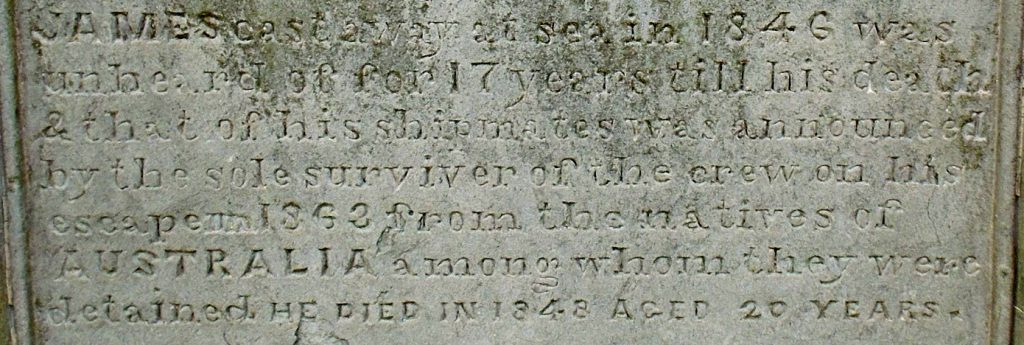 Find a Grave, database and images (https://www.findagrave.com/memorial/242221451/james-wilson: accessed 22 April 2023), memorial page for James Wilson (1828–1848)
Find a Grave, database and images (https://www.findagrave.com/memorial/242221451/james-wilson: accessed 22 April 2023), memorial page for James Wilson (1828–1848)
